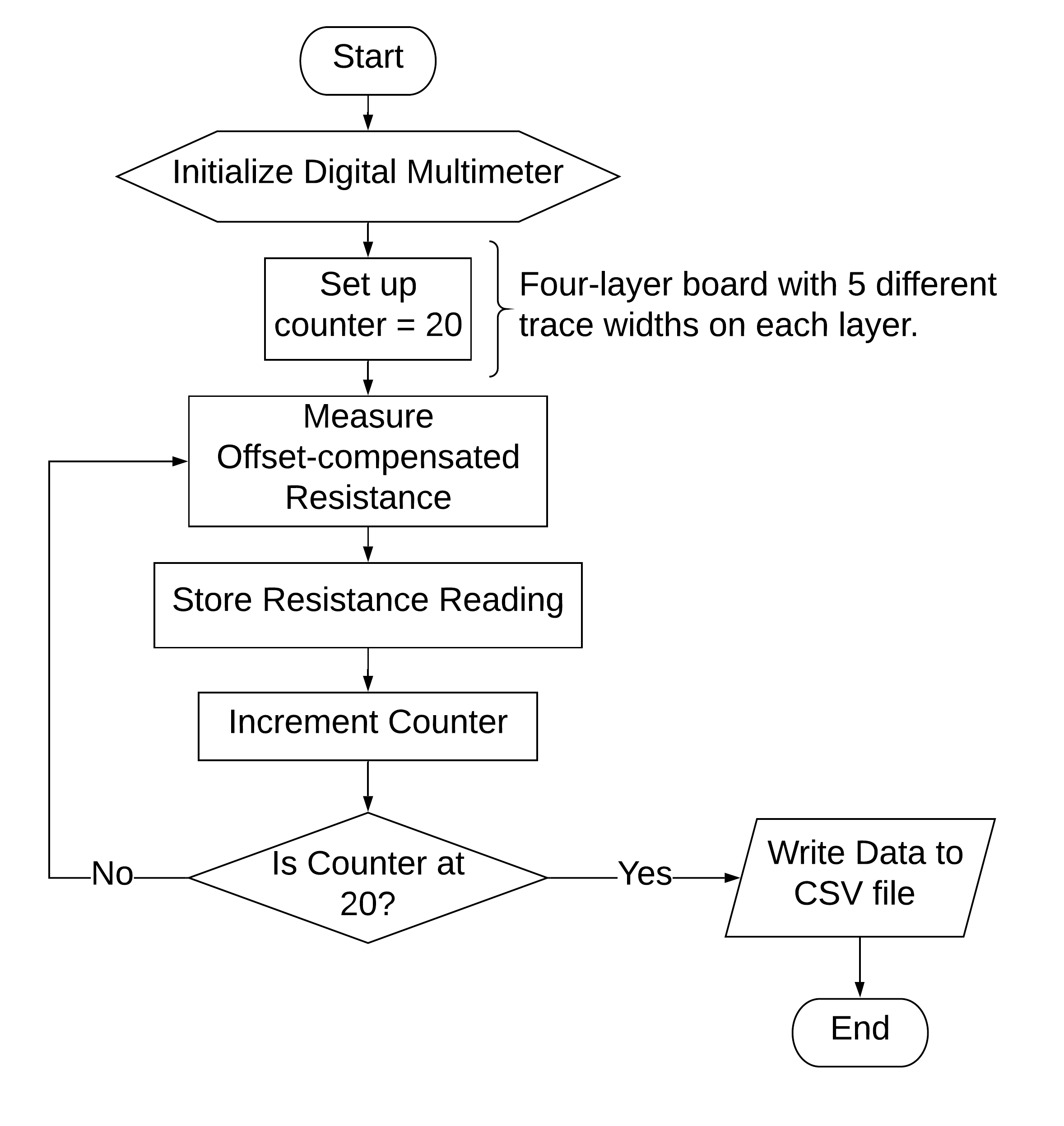Jumping Straight Into Work Is a Huge Mistake (And What to Do Instead)

Planning before taking action makes complex tasks more manageable. Instead of jumping straight into work, start by planning will save you time, reduce frustration, and lead to better results.
It was the Fall semester of 2011. I still remember the feeling of dread when I got my first special machine problem, or MP, in my C++ programming class. Machine problems are coding homework that allows you to exercise your programming skills. This particular problem had two parts: first, build a maze filled with walls, and then create an algorithm to navigate and solve it. The figure below shows the results of the two-part machine problem.

Eager to make progress, after reading the description and requirements of the MP, I immediately started coding. I had read the instructions. I understood the challenge. The requirements were daunting, but I was determined to power through. “Let’s do it” I let out a self-comforting chant.
An hour later, my screen was filled with many lines of code, but I didn’t feel any closer to constructing a maze. The only thing constructed was a stack of frustration—along with a heap of anger toward the instructor who had so cleverly crafted this fiendish MP.
This is too hard; there’s no way I can do it.
Just as I was about to give up, I noticed the teaching assistant in the lab taking a different approach—creating flowcharts and outlining the logic before even touching the code. It hit me. I needed a plan that decomposed a big problem into manageable tasks.
That experience taught me a crucial lesson: jumping straight into work without a plan can lead to frustration and wasted effort. Planning first makes everything more efficient and effective.
In this blog, I will discuss the importance of planning and provide three examples to demonstrate the value of planning the work and then working the plan.
What is Planning?
To me, planning means examining a project and breaking it into manageable tasks. It's about taking a step back to visualize the big picture—what the project will look like from beginning to end—and then reducing the big challenge into smaller, more achievable pieces.
Consider Michelangelo’s David. The result would have been chaotic if he had started randomly chiseling away. Instead, he first envisioned the final sculpture, allowing him to carve away everything that didn’t belong, revealing David within the stone. His method reminds us that even the most daunting projects can be conquered with a solid plan.
Once your plan is in place, you can refine and adjust it as needed to meet changing conditions and new insights.
During my Ph.D. research, I regularly revisited my plan, ensuring each step aligned with my long-term goals. This disciplined approach kept my work organized and helped me complete my Ph.D. on time.
Here are some examples of planning before doing.
Example 1: Flowchart for Coding
Creating a flowchart is an essential planning step in coding because it transforms abstract problems into concrete steps. Just as Michelangelo envisioned David within the marble before making a single cut, a programmer must visualize their solution before writing the lines of code. Without this crucial first step, we risk chipping away aimlessly, creating something far from our intended masterpiece.
Creating a flowchart demonstrates how the algorithm plans to solve the problem. With the flowchart, you can easily communicate the algorithm to your peers. With the flowchart, the implementation becomes manageable. Just as a maze has a clear entrance and exit, every coding challenge has a path to a solution – we need to map it first; see the example below.

Example 2: Outline for Technical Writing and Visual Presentations
Outlining is the planning step in technical writing, presentation, and video creation. When I outline, I first identify my target audience, the message I want to get across, and the tone. Once I have clarified the content direction, I can break down the content into segments and work on the details. This approach really helped me achieve on-time delivery with good quality.
I learned this lesson the hard way during my first conference presentation. I had spent weeks perfecting my slides, yet when I presented them to my advisor, his feedback was clear: "Your slides are polished, but what's the one thing you want people to remember?" I had focused on the details without first establishing a clear takeaway for the audience. The twenty slides I'd crafted told twenty different stories instead of reinforcing one key message.
This experience transformed not just my presentations, but all my technical communication. When writing documentation or creating product demo videos, I now always start with three questions:
- What does my audience need to learn?
- Why is the topic important to the audience?
- What can I remove to keep the message clear?
Example 3: Agenda and Goal for Meetings
Planning is crucial in team settings because it aligns scattered individual efforts into coordinated progress. Without a clear plan, meetings become time-drains rather than productivity boosters, and team projects can quickly derail into confusion and missed deadlines.
How many times have you sat in a meeting and thought to yourself, "What am I getting out of this?" I know I have. During one particularly frustrating project, our team spent hours in weekly meetings that seemed to go nowhere. Then we implemented a simple change: every meeting needed a clear agenda and expected outcomes. The transformation was immediate – our two-hour meetings became focused thirty-minute sessions, and team members began arriving prepared and engaged.
That's why I am a strong believer in planning each meeting. Having an agenda and a goal gives the attendees an idea of why they are here and what we need to accomplish together. One team member remarked, "Now I actually look forward to our meetings because I know we'll make real progress.”
Just as a flowchart guides my coding, a clear meeting structure guides team collaboration. When every meeting participant knows the agenda and the goal, the meeting becomes more productive and, surprisingly, more enjoyable. The time invested in planning becomes an investment in your team's success.
Conclusion
After seeing the flowchart, "This is too hard" has transformed into "Let me break this down." That shift in perspective – from seeing an insurmountable block of marble to visualizing a path forward – changed everything. Just as I learned in that computer lab, the solution often lies not in immediate action, but in thoughtful preparation.
Like me facing the Machine Problem, I am sure you, too, encounter your own seemingly impossible tasks.
Whether you're writing code, crafting a presentation, or leading a team meeting, remember that every masterpiece begins with a vision and a plan. The flowchart that saved my coding project wasn't just a technical tool – it was a reminder that even our most daunting challenges become manageable when we take that crucial step to plan.
Action Items
Now that we've explored how planning can transform our approach to work, let's put these insights into practice. Here are some concrete steps you can take right now to start your planning journey:
- Look at your to-do list right now. Pick the task that makes you think, “Ugh, where do I even start?”
- On a piece of paper, from left to right, write down and underline the three major steps to solve that task.
- Under the three steps, write down three bullets describing the actions you are going to take
- Take a mental note of how you feel after the exercise (do you feel relieved? Still stressed?)
- Leave a comment and let me know if this helps you!






Comments ()